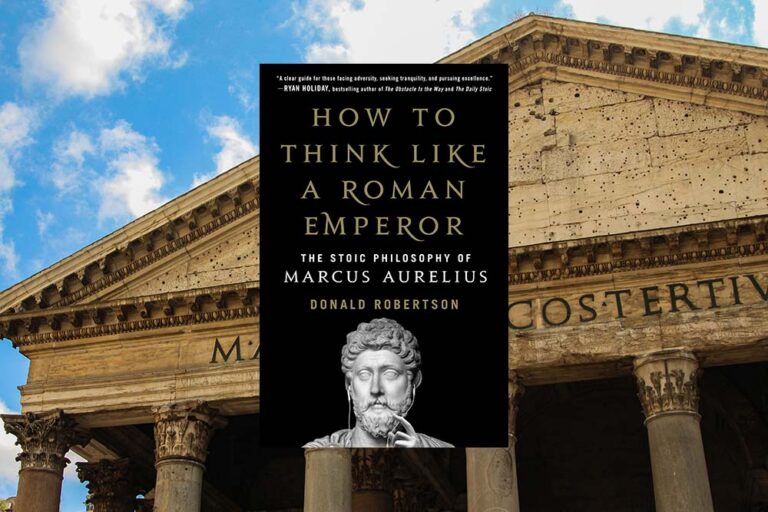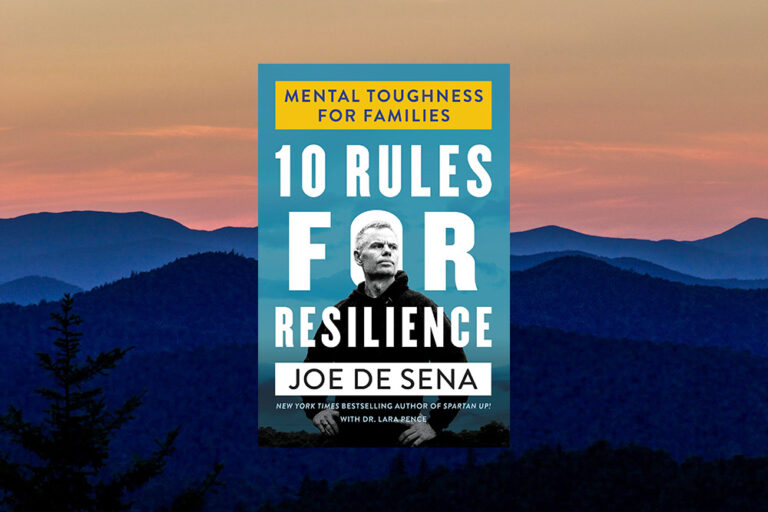#4: What Are Misogis and How to Plan Them? Notes From Michael Easter’s Book “The Comfort Crisis” (Part 3)

Rule 1: Make it really hard.
Rule 2: Don’t die.
These are the two cardinal rules of misogi, a key idea explored in Michael’s book The Comfort Crisis: Embrace Discomfort To Reclaim Your Wild, Happy, Healthy Self.
We’ve already explored the comfort crisis in the first part of the notes. In the second part, we covered the relationship between discomfort and fitness. Today we’ll finish the series with a deep dive into growth challenges Michael calls misogis.
The word misogi comes from a Japanese Shinto practice of ritual purification. In the ritual, the participants wash their bodies in sacred waterfalls, lakes and rivers. More recently, the word misogi means difficult challenges in nature. The aim is to “clean off” the “contamination” caused by modern conveniences.
As sports performance expert Dr. Marcus Elliott told Michael:
In misogi we’re using the artificial, contrived concept of going out and doing a hard task to mimic these challenges that humans used to face all the time. These challenges that our environment used to naturally show us that we’re so removed from now. Then when we return to the Wild West of our everyday lives we are better for it. We have the right tools for the job.
An example of a misogi created by Elliott was carrying an 85-pound (38.5 kg) rock 3.1 miles (5 km) underwater along the coast of Santa Barbara Island.
A team of participants rotated as each dived a few feet to the bottom to pick up the rock and walk with it across the ocean floor as far as he could.
Misogis don’t have to take a lot of time. They can be a challenge that takes just one full day to complete, with mental benefits lasting for months, if not longer.
As mentioned in the introduction to the article, misogis come with two principal rules.
Rule 1: Make It Really Hard
Elliott told Michael that you should have a fifty percent chance of success—if you do everything right.
As an example:
If you decided you wanted to run a twenty-five-mile trail, and you’re preparing by working up to a twenty-mile training run and doing thirty-five or forty miles a week of running… that’s not a misogi. Your chance of failure is too low. But if you’ve never run more than ten miles, think you could probably run fifteen, but are iffy on whether you could run twenty… then that twenty-five miles is probably a misogi.
Elliott emphasizes that you don’t want complete assurance of success because nothing great in life comes easily. The point of misogis is to help us prepare for adversity and develop coping strategies, not merely cross them off one after another.
As he says:
Engaging in an environment where there’s a high probability of failure, even if you execute perfectly, has huge ramifications for helping you lose a fear of failing. Huge ramifications for showing you what your potential is.
The key is to focus on your own potential, not somebody else’s accomplishment you’re trying to beat.
Misogis are a way to test your personal limits, not compare yourself with anyone else.
I once set a goal to bike 1,000 km (620 miles) in a month. An average cyclist could easily do it in two weeks, if not less. But for me, a person at that time not accustomed to cycling so much, it was a challenge.
That misogi turned out to be more of a mental one than a physical one. I quickly got extremely bored of cycling the same trails for hours and hours on end. As someone who had never practiced any endurance sports before, it was the first time I felt such kind of mental anguish. But I kept pushing until I crossed the round 1,000 km of distance in my fitness tracking app.
As a part of the challenge I also did a 100 km+ ride in a day, a sub-misogi so to speak. It was about three times my comfortable daily range and added another layer of accomplishment.
The challenge wasn’t anything sexy. But it mattered a lot to me. The accomplishment made me realize how much mental resistance I can push through. It also showed me that I can trust the promises I make to myself.
And this is why misogis need to be really hard. You want to feel the risk that you can fail and you want to fell that you earned your success (in case of triumph).
Rule 2: Don’t Die
This rule is self-explanatory. Make sure that you take on challenges in a safe way.
For Elliott’s challenge with the underwater rock, they had a safety dive team present. For another misogi, in which they paddleboarded across the Santa Barbara Channel, they had a safety boat.
Don’t risk your life for no reason.
When a thunderstorm started during my biking misogi, I found a roof under which I waited it out.
If your misogi involves any environments where you should NEVER be alone without anyone spotting you (such as underwater), a safety team is of utmost importance.
The cost of failure should never cause any permanent damage. At worst, Elliott says, you may have a long day and maybe a few scars.
Some challenges may not require a safety team but they still require proper preparation and caution. We embrace discomfort to grow, not kill ourselves.
Two Extra Guidelines for Misogis
Besides the two cardinal rules, Elliott suggests two soft rules.
The first of his suggestions is that a misogi should be something uncommon, if not quirky.
The reason for this guideline is that the more creative the misogi is, the less likely it is you can compare it to something else. Then the misogi becomes only about you and your own challenge instead of trying to beat someone else.
I like this concept because it forces you not only to undergo a personal transformation but also do it in a memorable way. Elliott’s underwater rock challenge was definitely a far out idea he’ll remember for a long time.
My biking misogi wasn’t quirky. But since I had very little knowledge of the cycling world, at least I couldn’t even compare it to anyone else’s results.
The second suggestion is to avoid advertising your misogi. While talking with your friends and family is fine, Elliott warns against talking about it on social media or otherwise boasting about it.
Misogis aren’t about external validation but about an internal process.
You don’t set a challenge and keep going because of your social media followers. You honor it because YOU are watching yourself and can’t break a promise you made to yourself. This is how you build self-trust and self-respect.
Questions to Ponder
1. When was the last time you challenged yourself in nature?
2. If you were to plan a misogi now, what would it be?
3. Have you ever made a promise to yourself only? Were you able to keep it?
If you want more advice on how to become a better man through personal challenges, sign up for a free weekly Discomfort Club newsletter. Enter your email address below:






